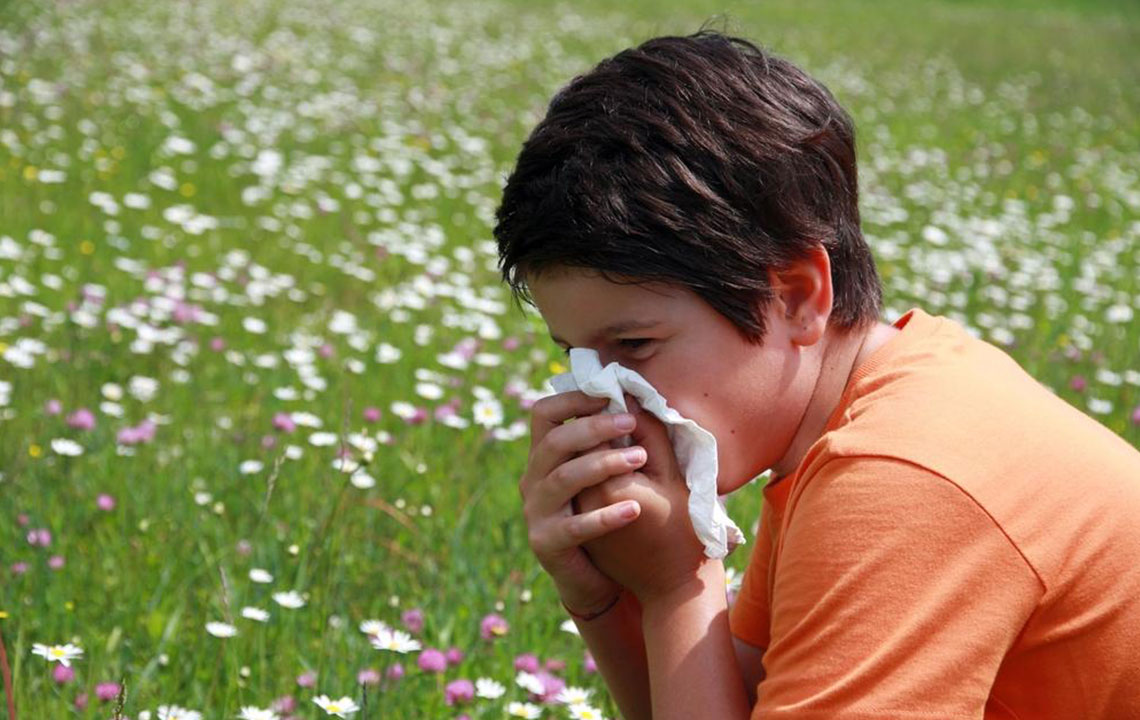Simple Steps to Understand Symptoms and Treatments of Mold Allergies

What are mold allergies?
Molds are nothing but a form of fungus which can grow indoors as well as outdoors. Inside your house, molds usually thrive in bathrooms, basements, kitchen, etc. Although, moisture is the key element for their existence, so if bedroom happens to be damp, molds can quickly develop there. As the name suggests, mold allergies are caused by the mold spores (seeds) which enter your system via air. The immune system then responds to these inhaled allergens strongly, i.e., by repeated wheezing, sneezing, skin irritation, etc. The most common types of molds that can trigger allergies are Rhizopus, Penicillium, Fusarium, Helminthosporium, Aureobasidium, Cladosporium, Epicoccum, and Mucor.
What are the symptoms of mold allergies?
Identifying the symptoms of mold allergies can be a bit tricky as they can be similar to other forms of allergies. So, you must seek the counsel of your general practitioner to gain confirmation. The following are some of the most common symptoms associated with mold allergies.
- Runny nose
- Discomfort in the throat
- Eyes itching or watering regularly
- Chest congestion
- Persistent coughing
- Experiencing trouble while breathing
- Headaches or stomach pain
- Swollen eyelids
- Skin rashes
The symptoms mentioned above vary from person to person. For certain individuals, they might be mild and for some extremely severe. For instance, if a person has asthma then these symptoms might get worse, so as soon as you experience these promptly seek medical help.
Who has a higher risk of developing mold allergies?
If air-borne allergies or asthma are a hereditary condition in your family, then you probably might suffer from mold allergies.
If you have been living in an atmosphere which has been vulnerable to water leakages or humidity for the longest period, you might contract a mold allergy.
Certain professions such as farming, baking, furniture production or repairs, logging, winemaking, etc. can expose you to mold, leading to an allergy.
How can mold allergies be treated?
Even though not hazardous to life, when you observe the symptoms of mold allergies then you must notify your doctor immediately, as they can be quite uncomfortable to co-exist with. Specialists can recommend you with some medications to offer you with long-lasting relief. Some of the possible treatments that can be used to alleviate the symptoms of mold allergies are –
Antihistamines – These are types of medications which can ease symptoms of mold allergies such as sneezing, runny nose, and itching. In simple words, antihistamines stop histamines, an inflammatory chemical that is discharged by the immune system when you inhale mold spores. You can find them in the form of over-the-counter (OTC) pills and nasal sprays. However, don’t use them in an unwarranted fashion and also have a word with your doctor before starting any form of home treatment.
Nasal sprays – Also known as nasal corticosteroids, these can assist in averting and treating the irritation triggered by upper respiratory allergies. Mostly for patients, this is one of the first allergy treatments which is recommended. However, nasal sprays can have their own set of side-effects such as nostril dryness or nosebleeds. It is important to remember that these are to be taken only under your doctor’s guidance.
Immunotherapy – Under this type of treatment, a sequence of allergy shots is used to subside the symptoms of mold allergies. However, it has to be noted that immunotherapy is not applicable to all forms of mold allergies.
Nasal irrigation – If you got a stuffy nose because of a mold allergy then nasal irrigation can be a fantastic remedy. Usually, in this process, you pour a saline solution in one nostril so that it could escape to the other through the nasal cavity. With the help of nasal irrigation, one can get rid of the mold allergens and mucus aggravated by it. You can use neti pots or bulb syringes to implement this remedy. Since this is a home remedy, ensure all the contents used in this procedure are properly sanitized.
Apart from the treatments mentioned above, you must take special care about your living environments. Make sure that you destroy all the traces in your home. This could be done by taking stringent hygiene measures at home.
Routinely clean areas like bathrooms and kitchen with bleaching agents.
Ensure that there is no leakage in any section of the house. If you notice seeping water then immediately get a plumber to fix it.
Control the humidity levels in areas like basements or attic by periodically opening windows and doors. Also, if you happen to store things like old newspapers, books, bedding, clothes, or garbage in your basement, then regularly get rid of them.
If you have a humidifier in your house, then discard it, as it can encourage the mold growth. The humidity in your home shouldn’t be over 50%. To keep this limit in check, use a moisture meter. In homes where the humidity is naturally high, you can get a dehumidifier to get the desired results.


